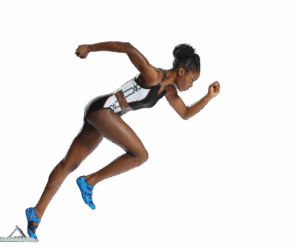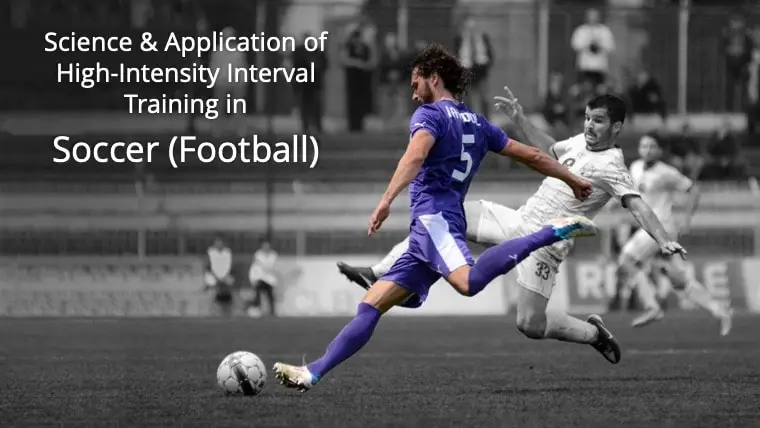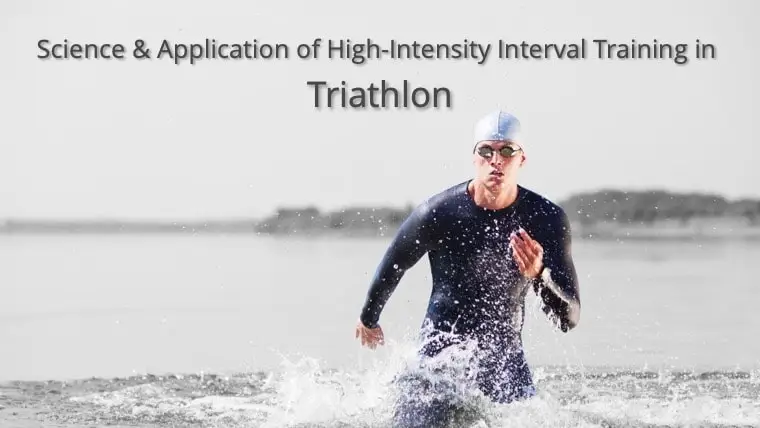Introduction: The Breakthrough Science to Improve Maximum Sprint Speed
To improve maximum sprint speed effectively, you need more than just running faster—you need a systematic approach that addresses the fundamental components of speed development. This comprehensive guide reveals the exact methods used by elite performance coaches, including insights from Joseph Coyne, who has worked with Olympic athletes, world record holders, and professional rugby players.
Whether you’re a track athlete, team sport player, or fitness enthusiast, learning how to improve maximum sprint speed will dramatically enhance your overall athletic performance. The techniques outlined here combine cutting-edge sports science with real-world application, giving you the tools to achieve measurable speed improvements.
Why You Must Improve Maximum Sprint Speed for Athletic Success
When you improve maximum sprint speed, you’re not just getting faster in straight lines. Maximum sprint speed development impacts multiple aspects of athletic performance:
- Acceleration phases in team sports become more explosive
- Top-end speed for track and field events reaches new levels
- Power output in explosive movements increases significantly
- Overall athletic performance across multiple disciplines improves
As elite coach Joseph Coyne explains, “90% of your distance in long jump is dictated by how much horizontal speed you have in your approach.” This principle demonstrates why the ability to improve maximum sprint speed is crucial for success across numerous sports.
Martin Buchheit, the brains behind HIIT Science, emphasizes that maximum sprint speed development requires understanding the physiological adaptations that occur during high-intensity training. His research has shown that structured speed training protocols can yield significant improvements in athletic performance.
Assessment: The Foundation to Improve Maximum Sprint Speed
Before you can effectively improve maximum sprint speed, elite coaches use specific assessment tools to understand an athlete’s current capabilities:
Force-Velocity Profiles for Speed Development
These profiles help identify whether an athlete is more force-dominant or velocity-dominant, allowing for targeted interventions to improve maximum sprint speed more effectively.
Flying Sprint Tests to Measure Progress
- Flying 10s: Measure maximum velocity after acceleration phase
- Flying 30s: Assess speed endurance at maximum velocity
- Acceleration tests: Evaluate initial burst and acceleration capabilities
These assessments provide the foundation for creating individualized programs that systematically improve maximum sprint speed while addressing specific weaknesses.
Technical Model: Proper Mechanics to Improve Maximum Sprint Speed
Understanding proper sprinting technique is essential when working to improve maximum sprint speed while minimizing injury risk. Key technical elements include:
Stride Mechanics for Speed Enhancement
- Stride length optimization: Finding the optimal distance between foot strikes
- Stride frequency enhancement: Increasing the rate of leg turnover
- Ground contact time: Minimizing time spent in contact with the ground
Body Position and Posture
- Forward lean angles during acceleration phases
- Upright posture maintenance at maximum velocity
- Arm swing coordination with leg movement patterns
According to research, proper biomechanics can account for up to 30% of improvements in maximum sprint speed development.
Strength Training Methods to Improve Maximum Sprint Speed
The connection between strength training and the ability to improve maximum sprint speed cannot be overstated. Joseph’s experience with Olympic spinters provided valuable insights into how strength transfers to speed:
Maximum Strength Development
- Foundation building: Creating the base for power output
- Rate of force development: Training the nervous system to produce force quickly
- Specific movement patterns: Exercises that directly transfer to sprinting mechanics
Power Development Protocols
- Plyometric training: Reactive strength and elastic energy utilization
- Olympic lifting variations: Full-body power expression
- Sprint-specific drills: Bridging the gap between gym and track
Research shows that athletes who combine strength training with speed work can improve maximum sprint speed by 8-15% more than those using speed training alone.
Targeted Interventions: How to Improve Maximum Sprint Speed Components
To improve maximum sprint speed effectively, you must address both stride length and stride frequency:
Stride Length Enhancement Strategies
When stride length is the limiting factor to improve maximum sprint speed, focus on:
- Strength and power development: Building the capacity to apply more force
- Flexibility and mobility: Ensuring full range of motion
- Technical refinement: Optimizing ground contact and push-off phases
Stride Frequency Improvement Methods
When stride frequency needs improvement to improve maximum sprint speed, emphasize:
- Neural drive training: High-intensity, low-volume speed work
- Coordination drills: Improving movement efficiency
- Reactive training: Quick ground contact exercises
Periodization: Structuring Training to Improve Maximum Sprint Speed
Effective programs to improve maximum sprint speed require systematic periodization:
Macrocycle Planning for Speed Development
- Preparation phases: Building general fitness and strength base
- Specific preparation: Sport-specific speed and power development
- Competition phases: Maintaining and expressing peak performance
Microcycle Structure
- High-intensity days: Maximum speed and power work
- Recovery days: Active recovery and technique refinement
- Integration sessions: Combining speed with sport-specific skills
HIIT Training to Improve Maximum Sprint Speed
High-Intensity Interval Training can be strategically used to improve maximum sprint speed when properly implemented:
Speed Endurance Protocols
- Short intervals: 20-40 seconds at maximum intensity
- Adequate recovery: Full recovery between repetitions
- Progressive overload: Gradual increase in volume or intensity
Anaerobic Power Development
- Repeated sprint training: Multiple short sprints with full recovery
- Lactate tolerance work: Training the body to perform under fatigue
- Neuromuscular training: Maintaining speed under fatigue conditions
Martin Buchheit’s research demonstrates that properly structured HIIT protocols can significantly improve maximum sprint speed while also enhancing overall cardiovascular fitness.
Individual Considerations to Improve Maximum Sprint Speed
Every athlete presents unique challenges when working to improve maximum sprint speed:
Assessment-Based Programming
- Identify limiting factors: Weakness in acceleration, maximum velocity, or speed endurance
- Consider training history: Previous experience with speed and power training
- Account for sport demands: Specific requirements of the athlete’s sport
Adaptation Strategies
- Progressive overload: Systematic increase in training demands
- Recovery optimization: Ensuring adequate rest between high-intensity sessions
- Monitoring and adjustment: Regular assessment and program modification
Common Mistakes That Prevent You from Improving Maximum Sprint Speed
Avoid these frequent errors that can limit your ability to improve maximum sprint speed:
Overtraining High-Intensity Work
- Quality over quantity: Fewer, higher-quality repetitions
- Adequate recovery: Full rest between maximum efforts
- Periodization respect: Not every session needs to be maximum intensity
Neglecting Strength Development
- Foundation building: Strength as the base for speed development
- Transfer exercises: Selecting movements that support sprinting
- Progressive loading: Systematic strength development over time
Conclusion: Your Action Plan to Improve Maximum Sprint Speed
Learning how to improve maximum sprint speed requires a comprehensive approach that combines proper assessment, technical development, targeted strength training, and systematic periodization. The methods outlined in this guide have been proven effective with Olympic athletes and elite performers across multiple sports.
Remember that efforts to improve maximum sprint speed represent a long-term process requiring patience, consistency, and attention to detail. By following these evidence-based principles and adapting them to your specific needs, you can make significant improvements in your maximum sprinting speed and overall athletic performance.
Whether you’re working with individual athletes or team sport players, the key is to understand each person’s unique profile and create targeted interventions that address their specific needs while building upon their existing strengths.
Ready to improve maximum sprint speed and transform your athletic performance? Start with a comprehensive assessment of your current capabilities, then implement these proven training methods systematically. Remember, consistent application of proper principles yields the best results when working to improve maximum sprint speed.
For additional resources on sprint training and performance optimization, visit the National Strength and Conditioning Association for evidence-based training protocols and certification programs.
FAQs About How to Improve Maximum Sprint Speed
Q: How often should I train to improve maximum sprint speed?
A: Maximum speed training should be performed 2-3 times per week with full recovery between sessions. Quality is more important than quantity when working to improve maximum sprint speed.
Q: Can older athletes improve maximum sprint speed?
A: Yes, athletes of all ages can improve maximum sprint speed through proper training, though the methods may need to be adapted based on recovery capacity and injury history.
Q: How long does it take to improve maximum sprint speed?
A: Initial improvements in technique and neural drive can be seen within 2-4 weeks, while significant strength and power adaptations to improve maximum sprint speed typically take 8-12 weeks of consistent training.
Q: Is strength training necessary to improve maximum sprint speed?
A: Yes, strength training provides the foundation for power development and is essential to improve maximum sprint speed, especially for stride length enhancement.
Q: What role does nutrition play in efforts to improve maximum sprint speed?
A: Proper nutrition supports recovery, energy production, and muscle protein synthesis, all of which are crucial for athletes working to improve maximum sprint speed effectively.
Metabolic Conditioning for Team Sports
Unlock Your Team’s Potential with Martin Buchheit’s Science-Proven Metabolic Conditioning Methods







